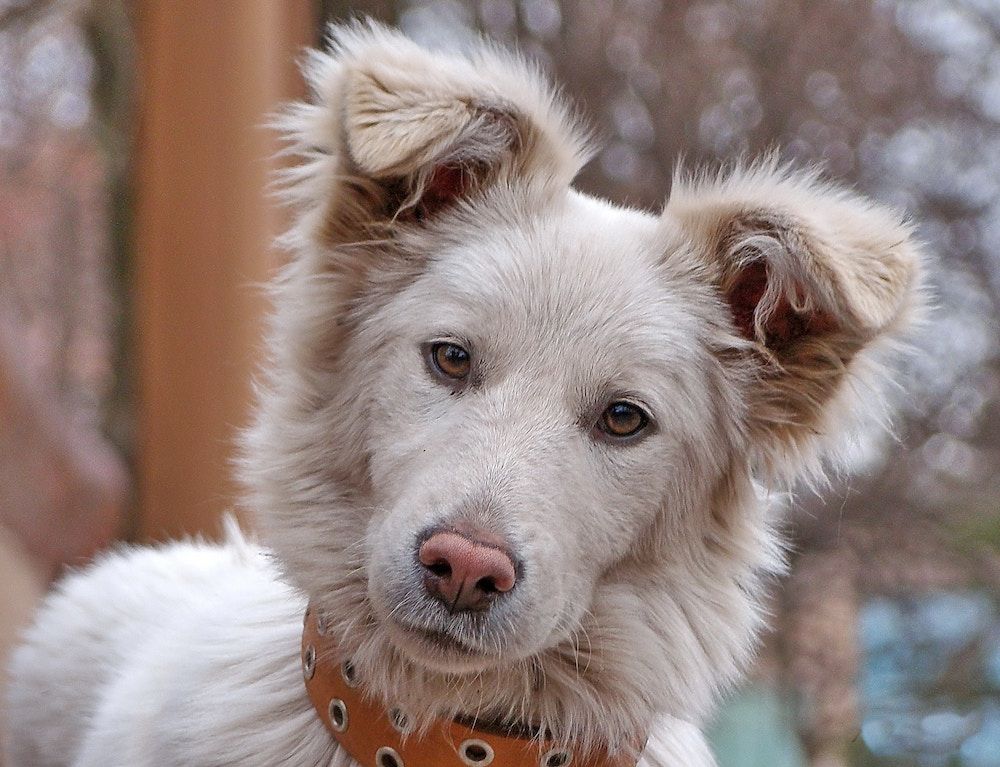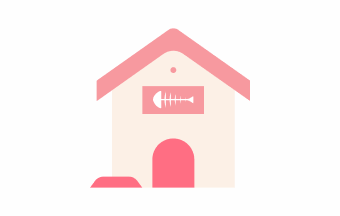What If the Dog Is in a Bad Mood
 December 20, 2023
December 20, 2023
Dogs are one of man's most loyal friends. They accompany us through many happy hours. However, dogs also have times when they are down and in a bad mood. When your dog is in a bad mood, you can take the following steps to help them.
To start with, observe the dog's mood changes. Pay close attention to your dog's behavior and body language. When dogs are depressed, they may exhibit behaviors such as avoidance, head retraction, and tail pinching. In addition, the dog may become quiet or hyperactive, which can be a sign of mood swings.
Furthermore, provide a safe and comfortable environment. When a dog is in a bad mood, providing a safe, comfortable environment can help them relax. Make sure the dog has enough space and proper toys to help them pass the time and relieve anxiety. Try to avoid disturbing them and give them plenty of rest and quiet time.
WhatŌĆÖs more, give your dog love and attention. When interacting with your dog, give them plenty of love and attention. Gentle petting, cuddling and companionship can help a dog feel loved and supported by its owner. Play and interact with your dog to make them feel happy and excited.
Last but not least, seek professional help. If your dog's emotional problems are prolonged or interfere with daily life, it may be necessary to seek the help of a veterinarian or professional pet psychologist. The veterinarian can assess the dog's physical condition and rule out the possibility of illness or physical discomfort. Professional pet psychologists can help dogs deal with emotional problems and provide effective coping strategies.
In general, when your dog is in a bad mood, it is necessary to pay close attention to their mood changes and take appropriate measures. Providing a safe and comfortable environment, giving plenty of love and attention, adjusting diet and exercise, and seeking professional help can all help ease your dog's emotional problems.

What Should I Pay Attention to When Grooming My Dog


The Key to Successful Pet Sales: Effective Pet Marketing Strategies


The Benefits of Pet Can Milk: Provide Comprehensive Nutritional Security for Your Pet


What Does the Ragdoll Cat Like to Eat


Are Maine Coon Cats Easy to Keep


Chinese Pet Goldfish Invade North America


A Seven-year-old Chinese Dog Has Won a Competition to Be the World's Ugliest Dog


Russia's 18-year-old Pet Dog Came Back to Life















